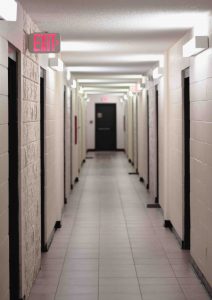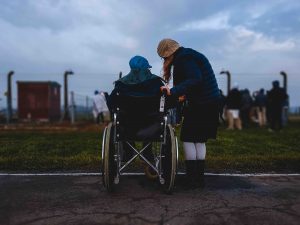 Nursing home patients in San Diego County and throughout the U.S. are particularly vulnerable to infections and illness as a result of age and underlying conditions, even when the world is not experiencing a coronavirus pandemic. However, in this moment of the pandemic caused by the novel coronavirus, news reports across the country are reflecting the ways in which nursing home residents are uniquely vulnerable to the virus and, in particular, to death as a result of contracting it. As such, many nursing homes have limited how visitors can see their loved ones at nursing homes and assisted-living facilities in order to prevent the spread of the virus among the elderly. At a moment when residents of California’s nursing homes are especially vulnerable to illness, the Trump Administration announced plans to relax federal oversight of nursing homes.
Nursing home patients in San Diego County and throughout the U.S. are particularly vulnerable to infections and illness as a result of age and underlying conditions, even when the world is not experiencing a coronavirus pandemic. However, in this moment of the pandemic caused by the novel coronavirus, news reports across the country are reflecting the ways in which nursing home residents are uniquely vulnerable to the virus and, in particular, to death as a result of contracting it. As such, many nursing homes have limited how visitors can see their loved ones at nursing homes and assisted-living facilities in order to prevent the spread of the virus among the elderly. At a moment when residents of California’s nursing homes are especially vulnerable to illness, the Trump Administration announced plans to relax federal oversight of nursing homes.
According to a recent article in The New York Times, the Trump Administration’s proposal “would loosen federal rules meant to control infections, just as the coronavirus rips through nursing homes.” The following is some information you should know about plans to relax federal oversight of nursing homes and what that could mean for elderly residents.
Rule Changes Were Proposed Last Summer
 Southern California Nursing Home Abuse Lawyer Blog
Southern California Nursing Home Abuse Lawyer Blog
















